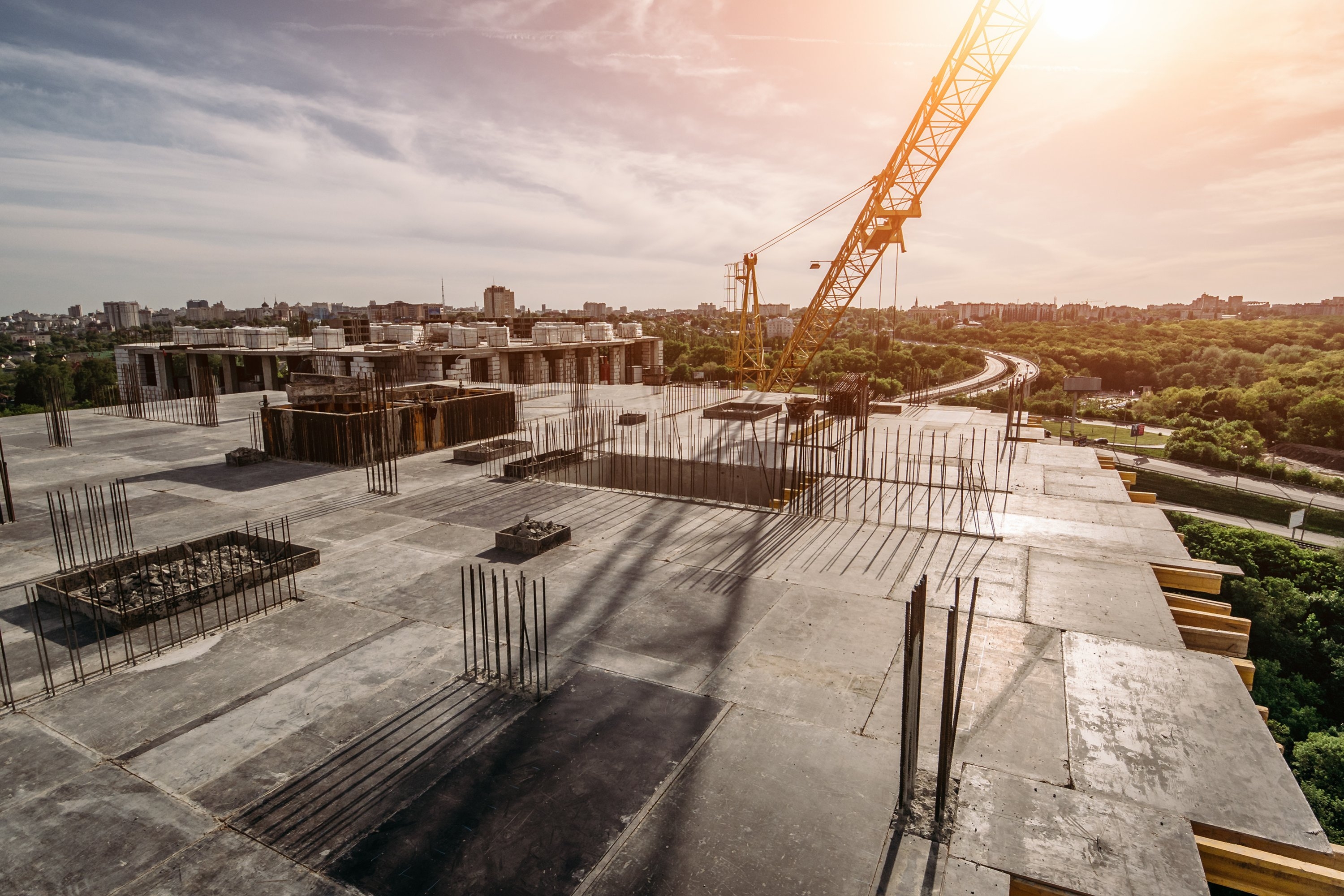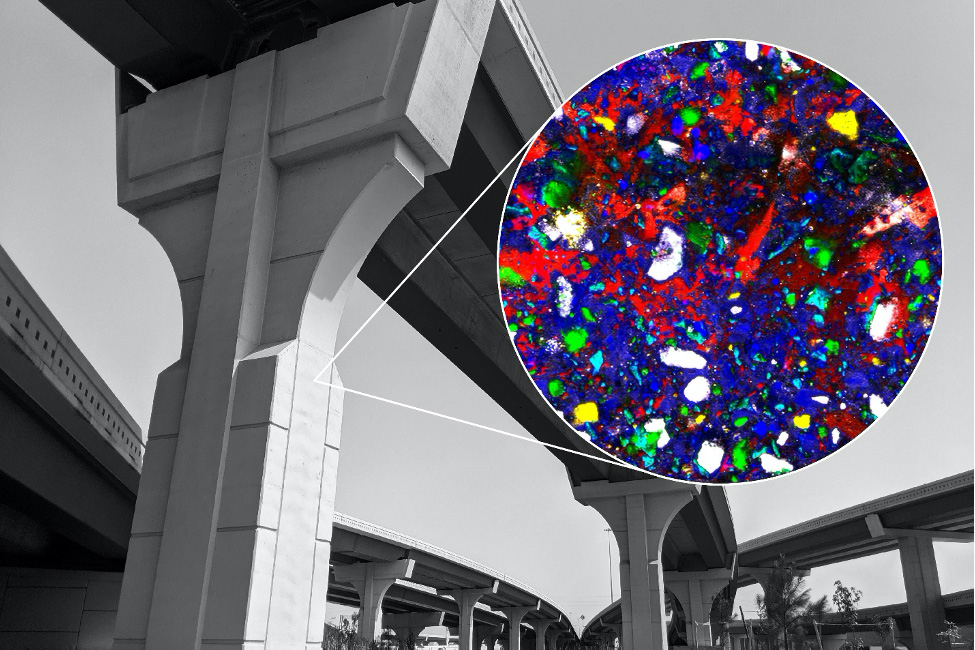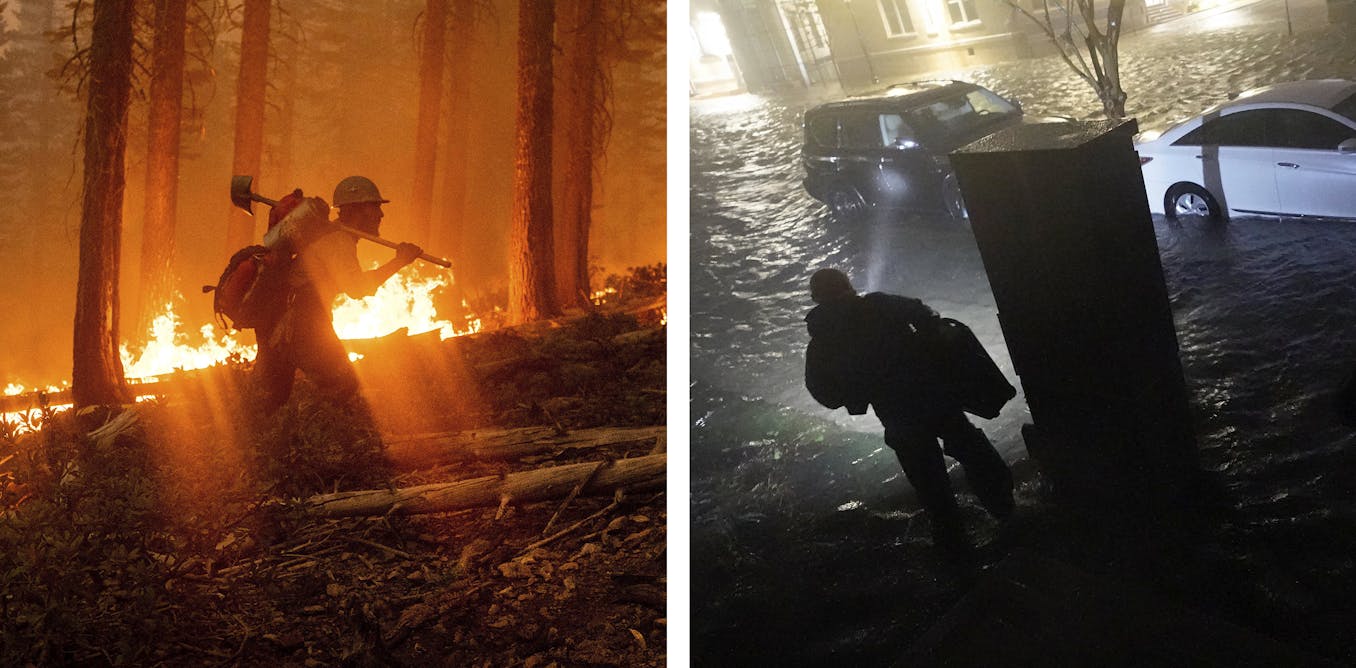Curious Kids: Can plastic waste be made into bricks for new houses?
From larger-than-life Lego blocks to bird-nest inspired structures, researchers are finding innovative ways to reuse and recycle the plastic we throw away.
April 19, 2021 • ~5 min
The US just set ambitious offshore wind power targets – what will it take to meet them?
To increase renewable energy use, the Biden administration wants the US to go from seven offshore wind turbines today to enough to power 10 million homes within a decade.
March 31, 2021 • ~8 min
How to make sure Biden's infrastructure plan can hold up to climate change – and save money
With adaptive design, infrastructure is ready to be expanded in the future. It's working for the Dutch.
March 30, 2021 • ~8 min
Bendable concrete and other CO2-infused cement mixes could dramatically cut global emissions
Researchers are developing ways to lock captured CO2 into cement. It could help rebuild America’s crumbling infrastructure and deal with climate change at the same time.
Feb. 14, 2021 • ~9 min
Living with natural gas pipelines: Appalachian landowners describe fear, anxiety and loss
Pipeline companies have run roughshod over several regions where they're building, racking up safety and environmental violations. Many residents feel trapped, with no control over their property.
Feb. 3, 2021 • ~10 min
After a record 22 billion-dollar disasters in 2020, it's time to overhaul US disaster policy – here's how
NOAA released its list of climate and weather disasters that cost the nation more than $1 billion each. Like many climate and weather events this past year, it shattered the record.
Jan. 8, 2021 • ~11 min
After a record 22 billion-dollar disasters in 2020, it's time to make US disaster policy more effective and equitable – here's how
NOAA released its list of climate and weather disasters that cost the nation more than $1 billion each. Like many climate and weather events this past year, it shattered the record.
Jan. 8, 2021 • ~11 min
Plastics could help build a sustainable future – here's how
Plastics are strong, durable, waterproof, lightweight, easy to mould, and recyclable – all key properties for construction materials.
Aug. 12, 2020 • ~8 min
/
10









